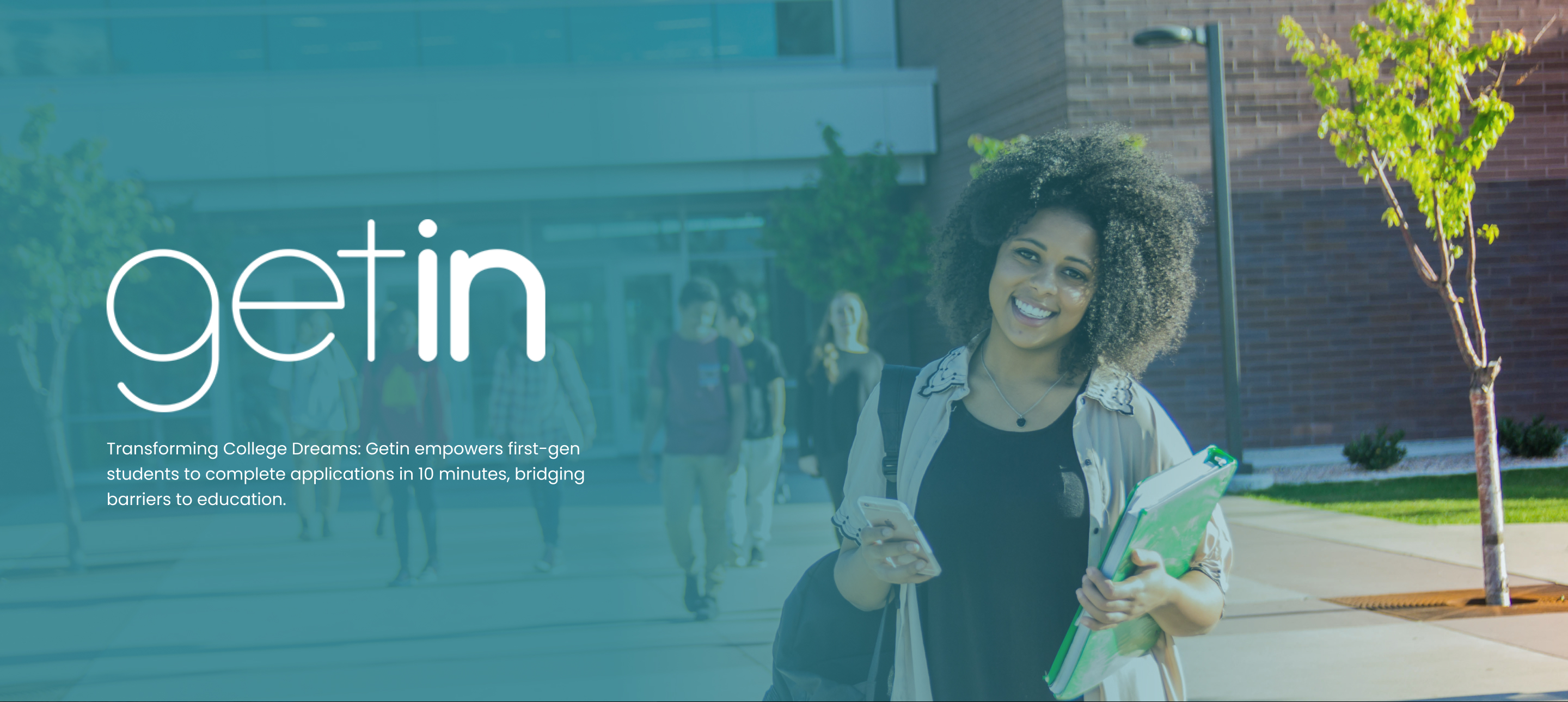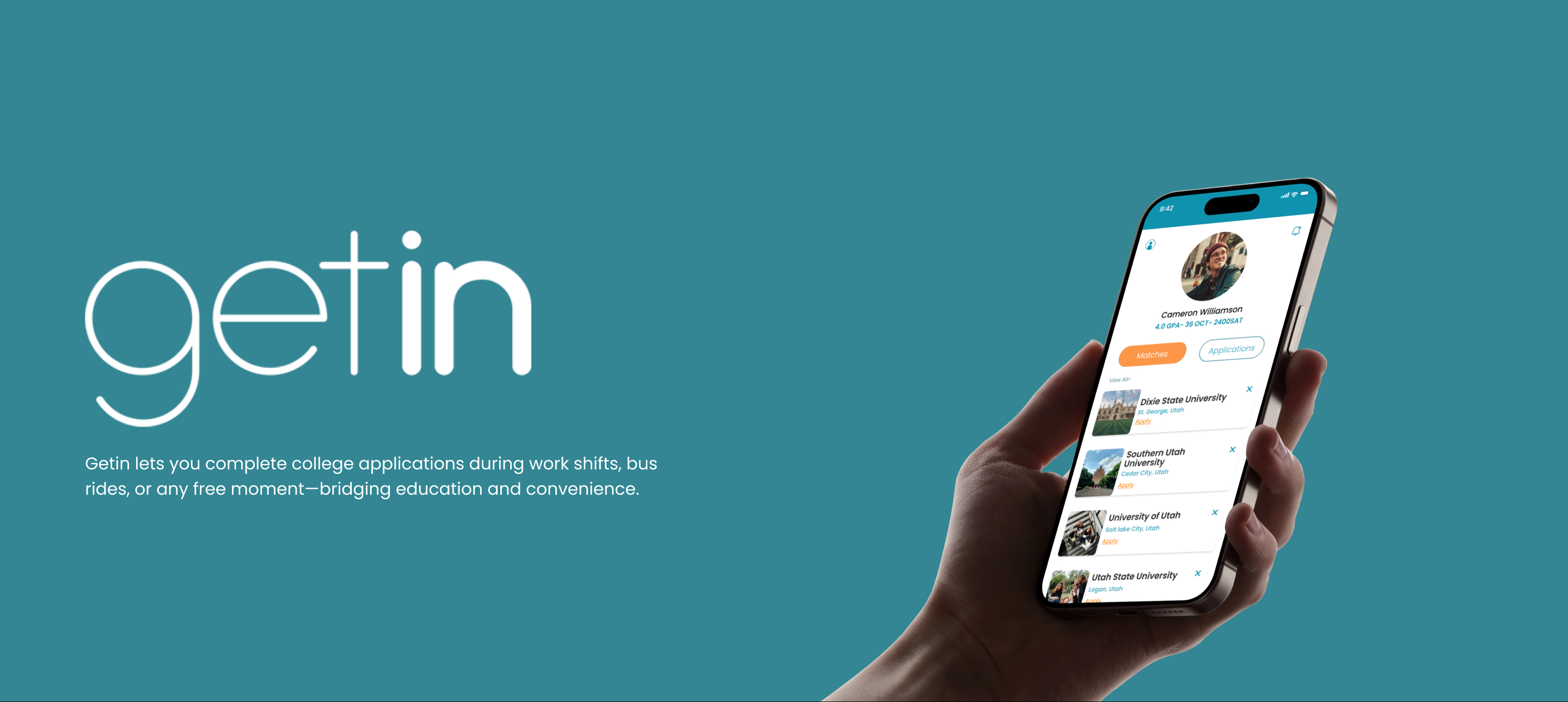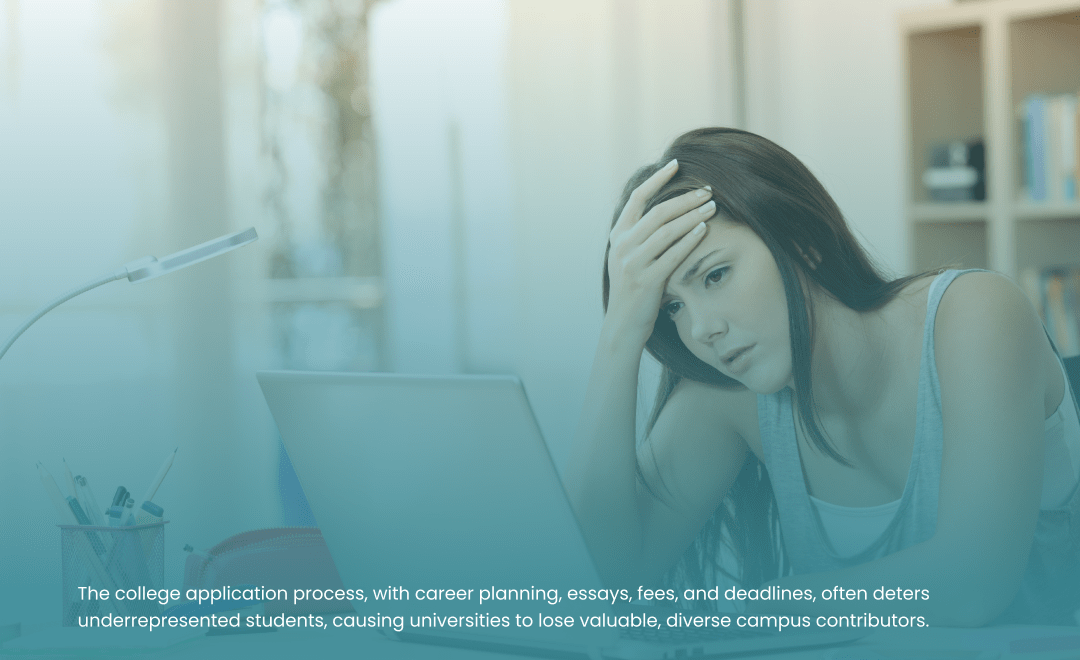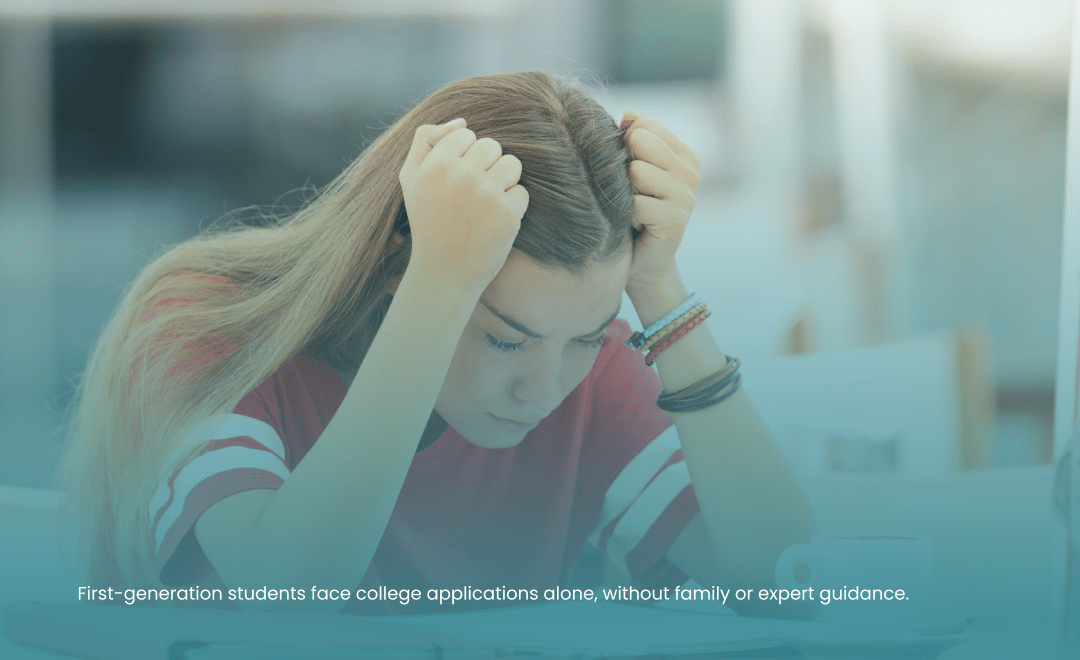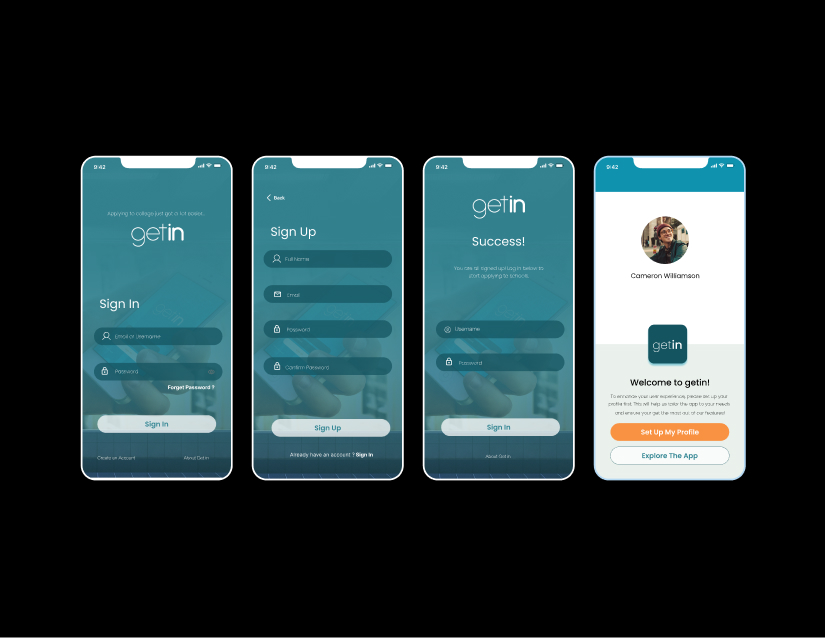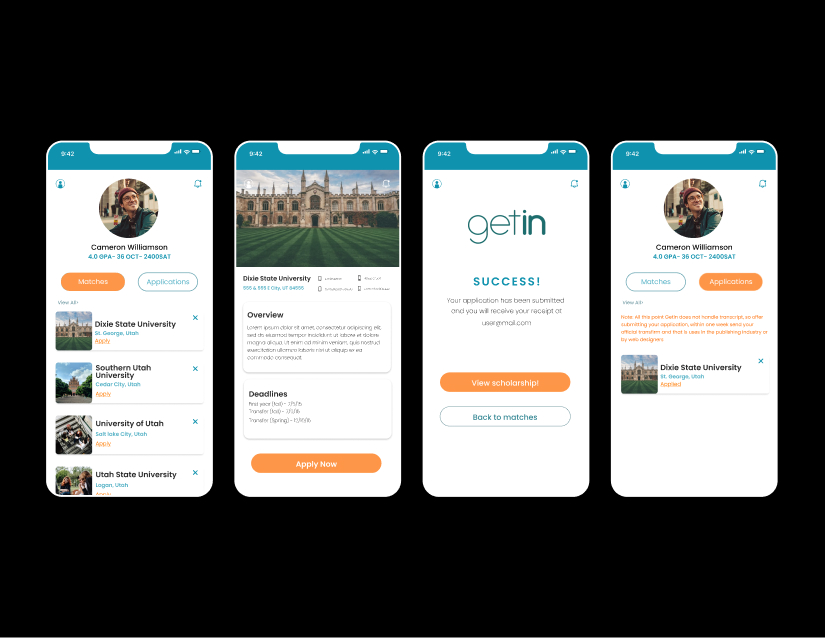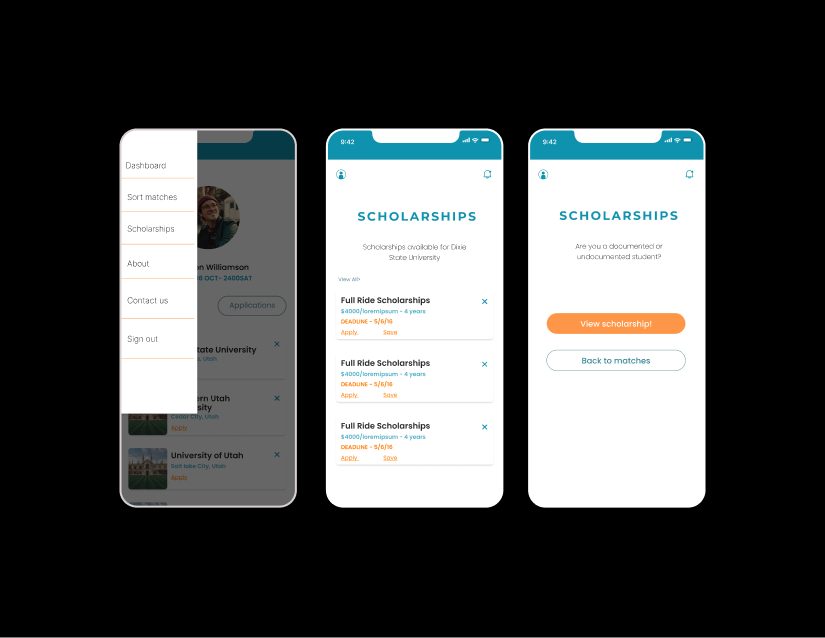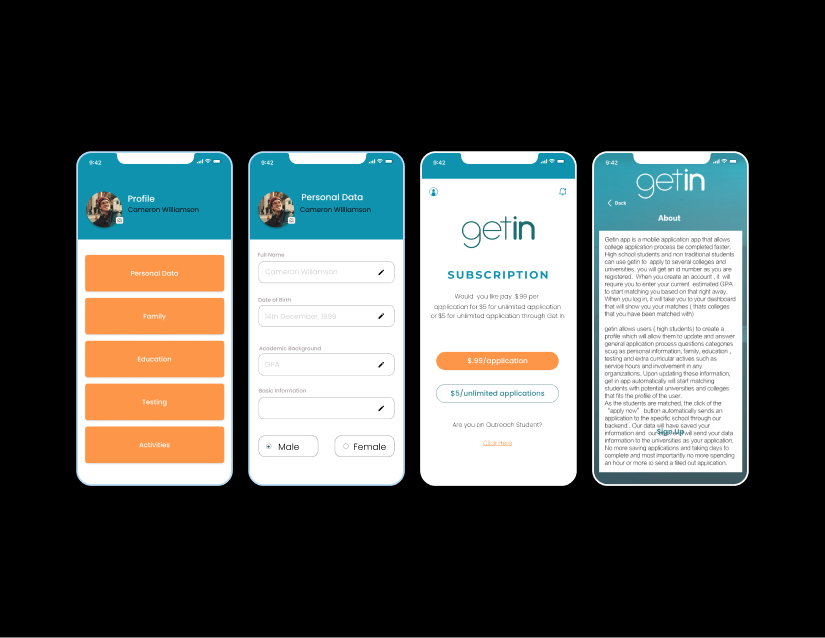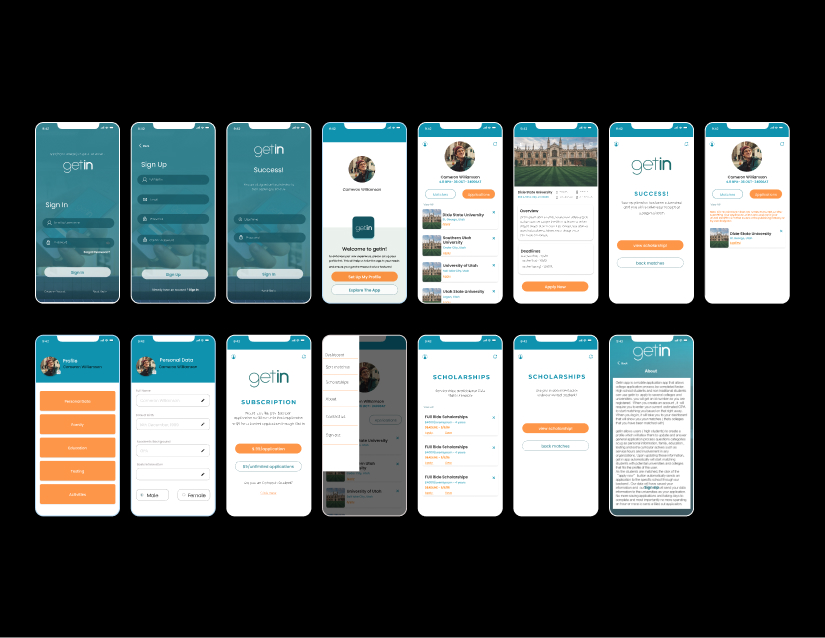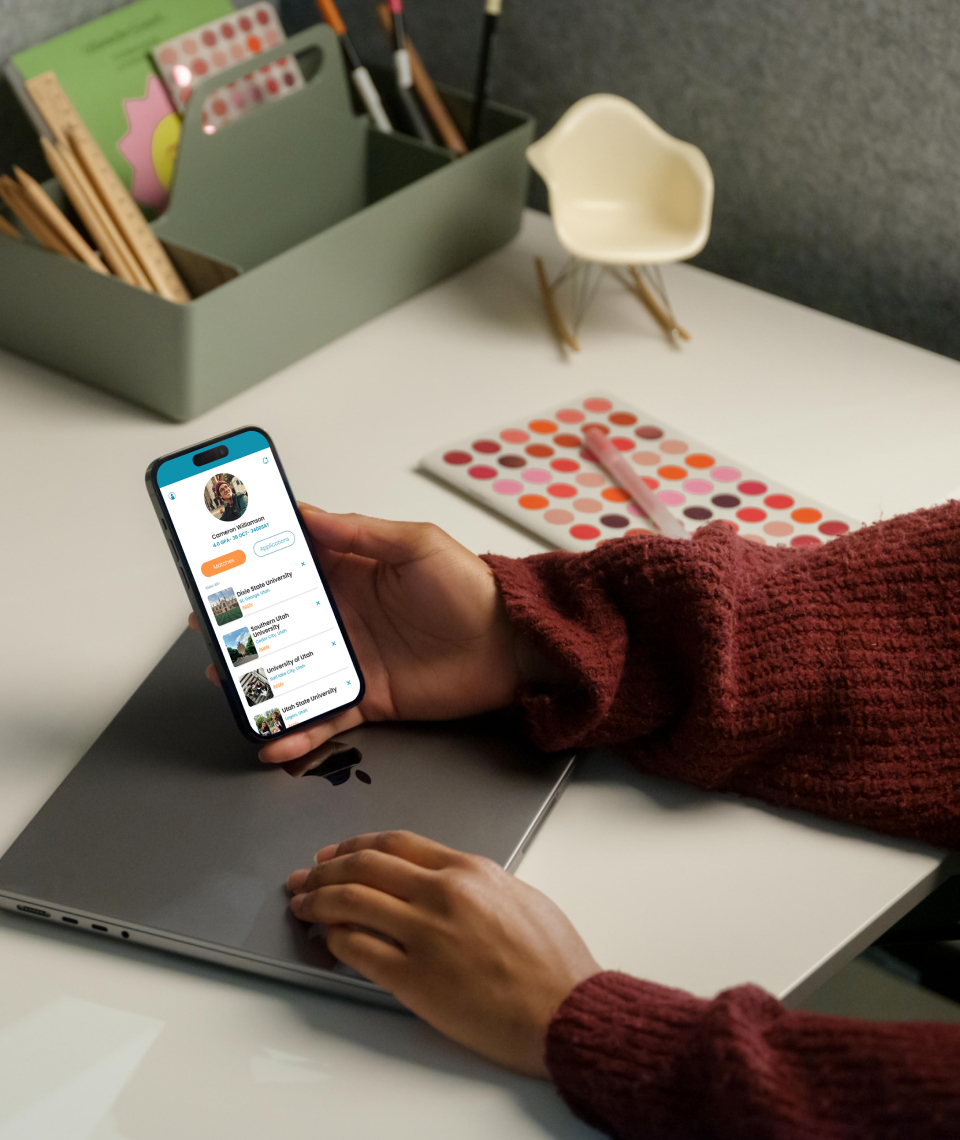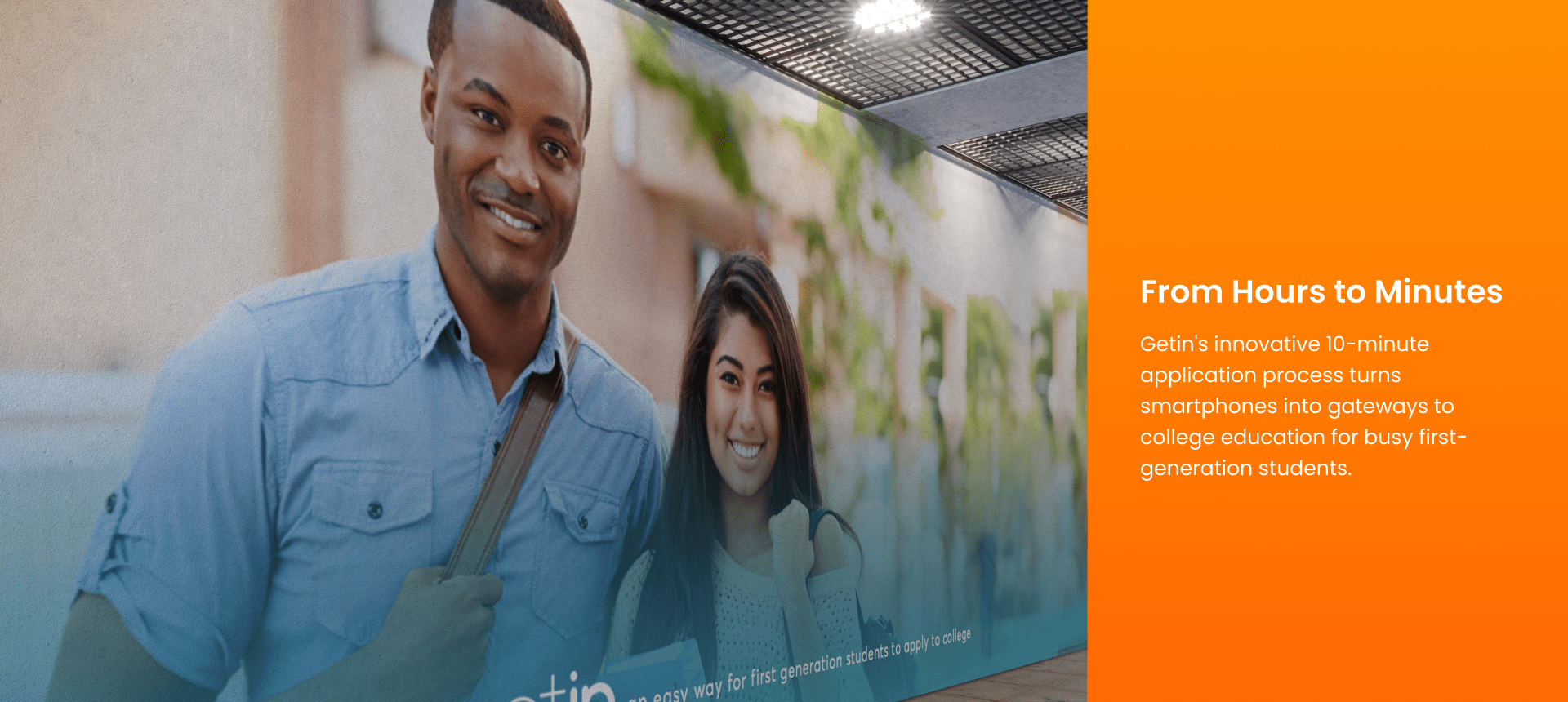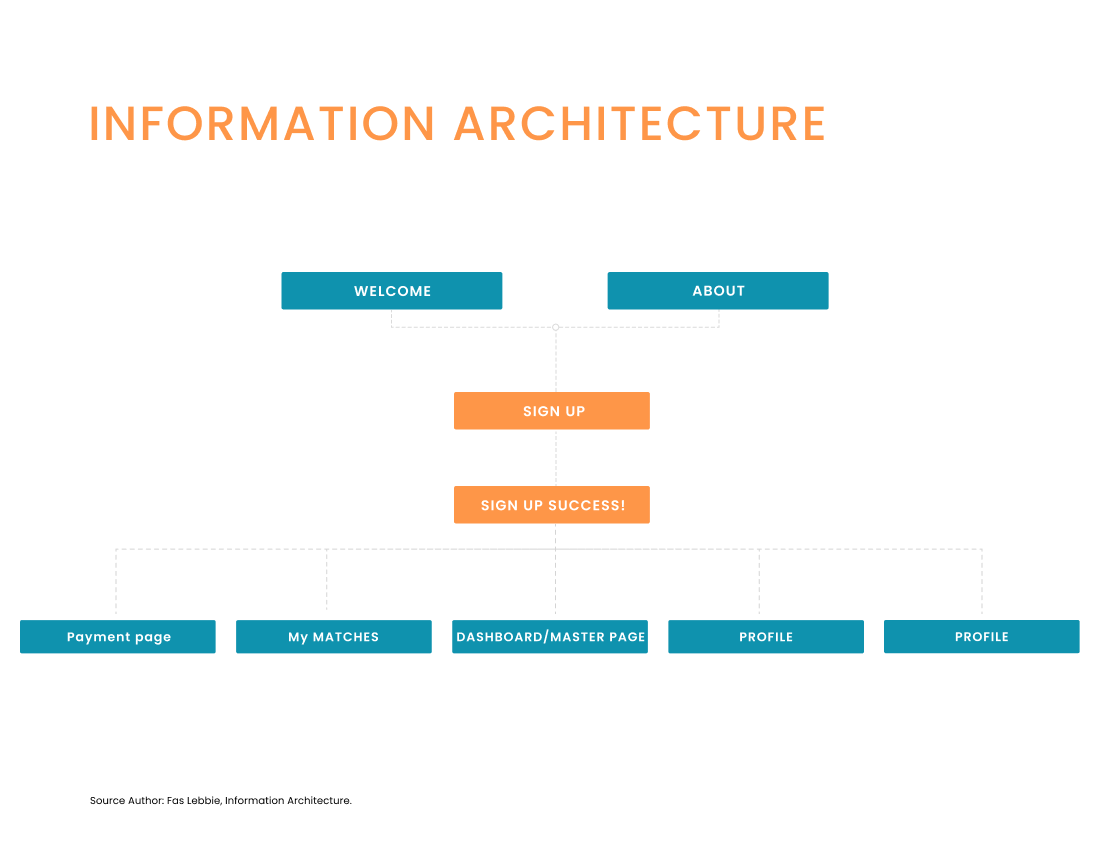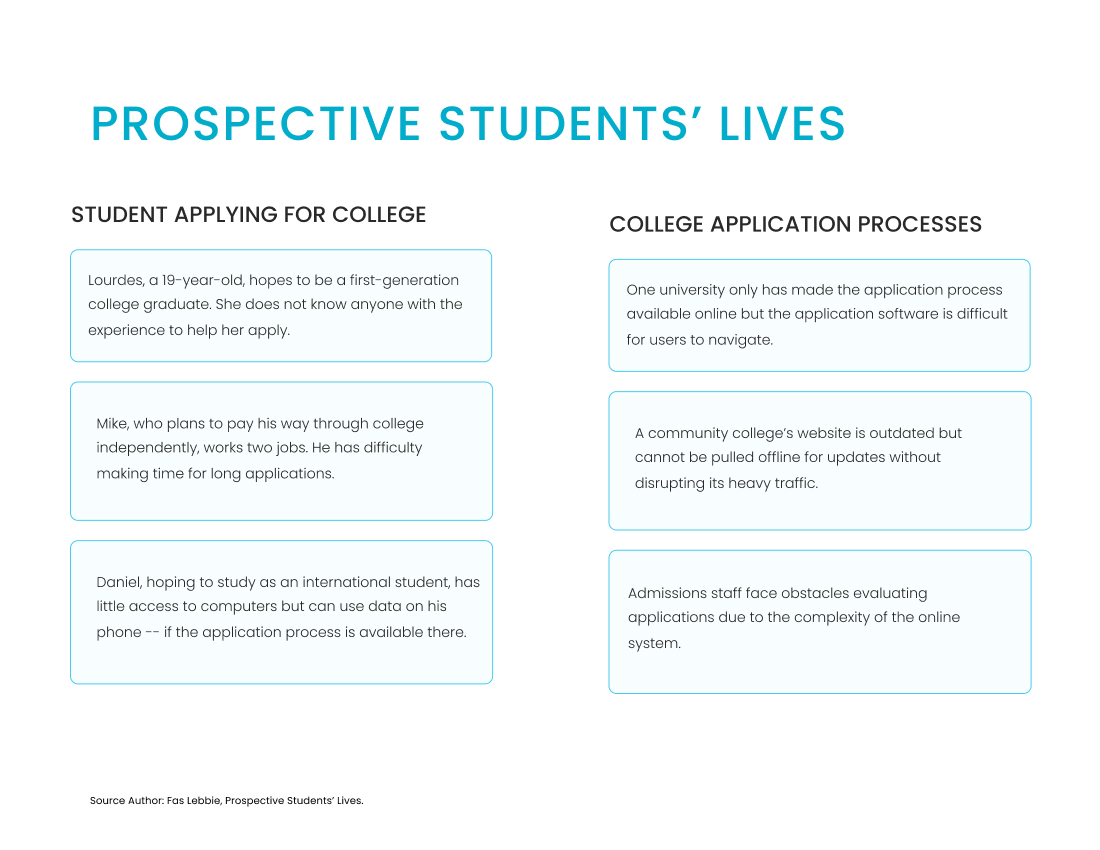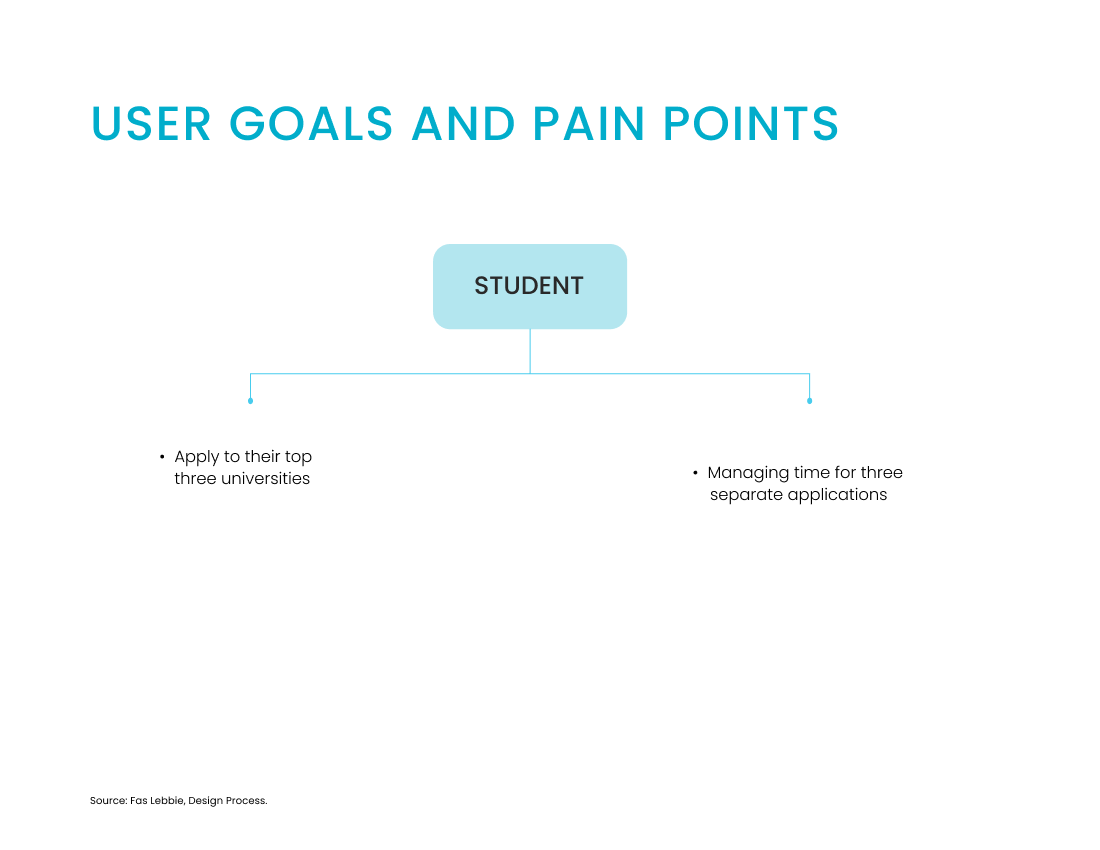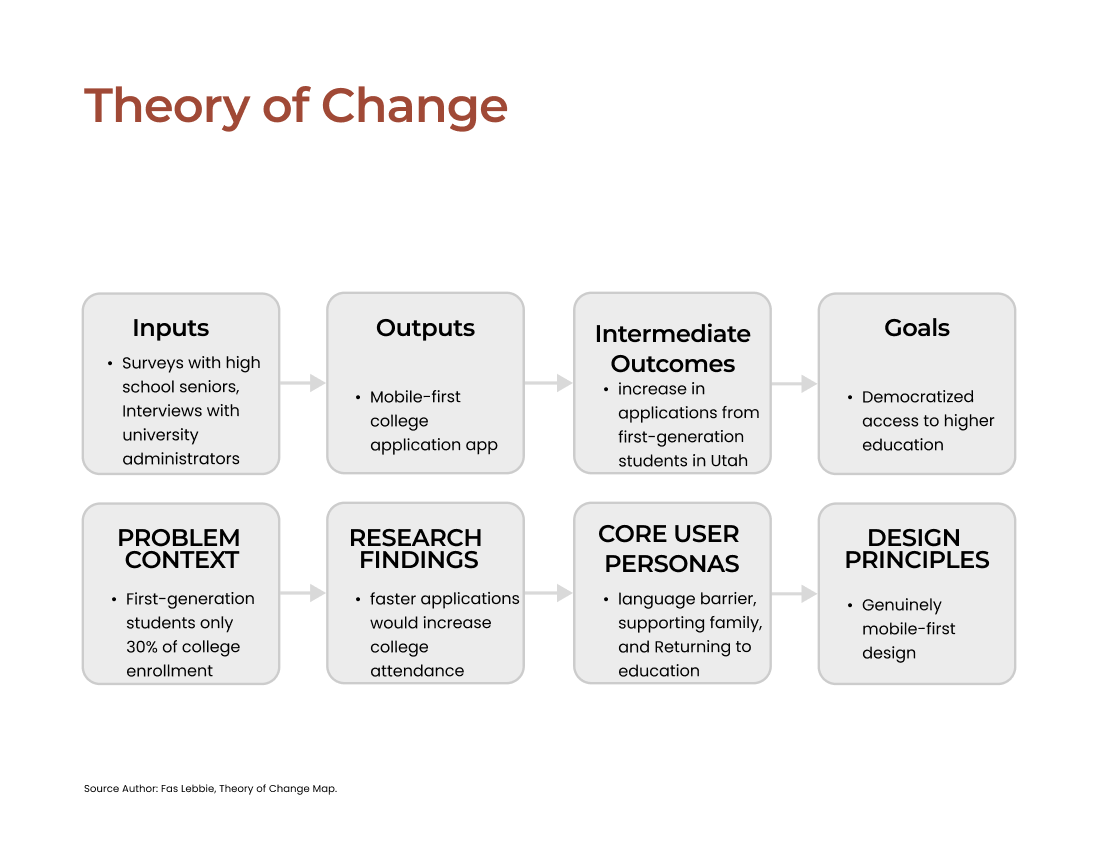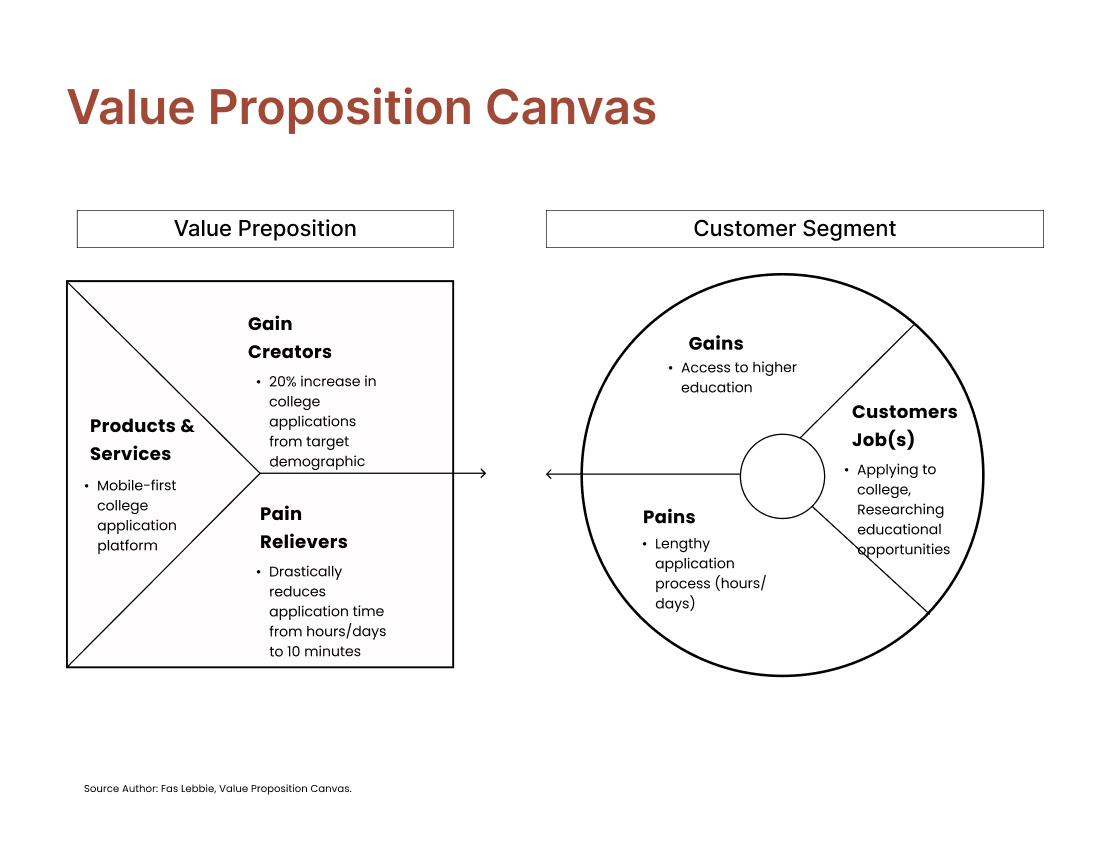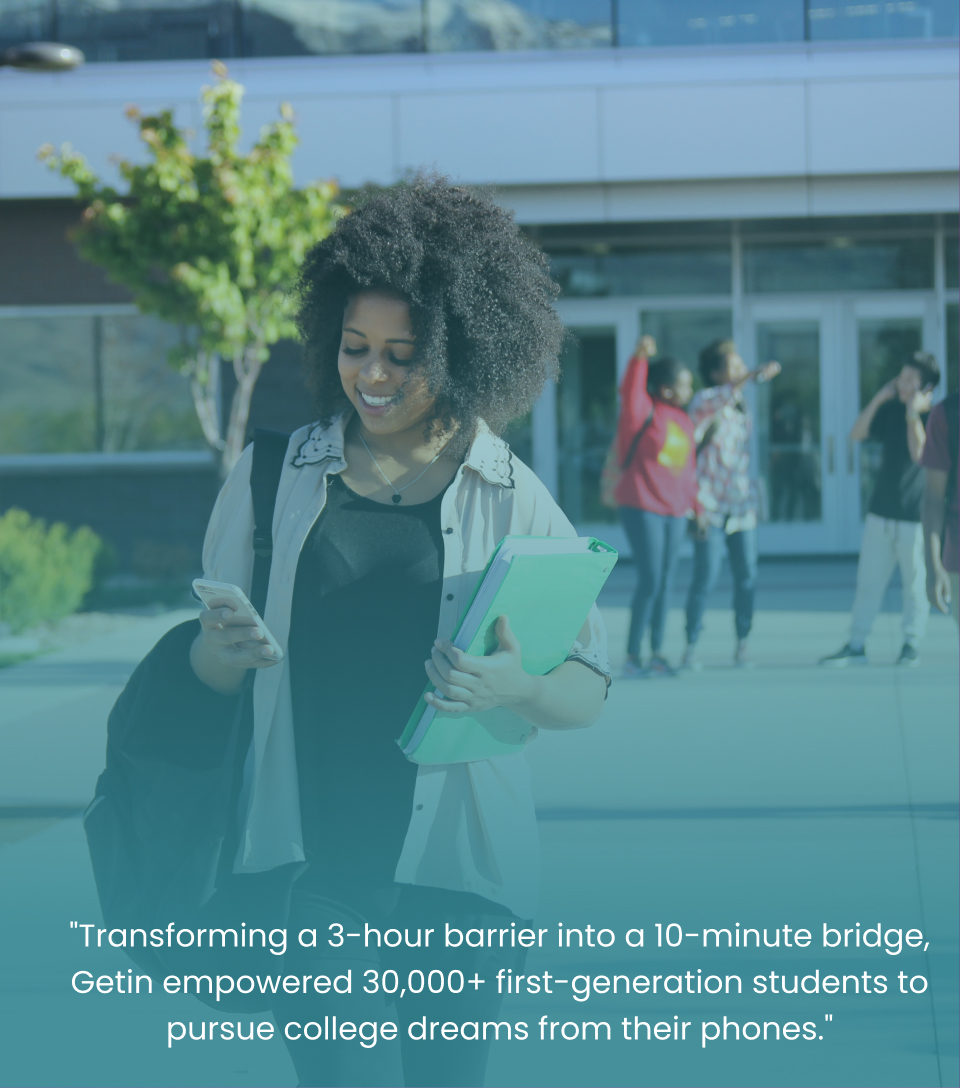Problem Context
First-generation students encounter myriad challenges during the college application process in the U.S., making up only 30% of enrolled post-secondary students. An estimated 1.5 million first-generation students are enrolled in higher education today, with 50% coming from low-income backgrounds. These students face unique obstacles their peers do not: parents without college experience to guide them, work responsibilities that limit application time, and often inadequate college counseling resources in their schools. The traditional application process requires multiple time-consuming steps: researching colleges, gathering documents, writing essays, and navigating complex application systems. The existing systems—complex websites, complicated forms, and convoluted processes—create barriers that disproportionately affect first-generation applicants, resulting in talented students never pursuing higher education.
